In Visual Studio you can write below line of code and try to inspect it by hovering:
var query = await col.Find(f=>f.Str.Length>2)
What happens is that MongoDB will transalte it into regular expression like {find({ "Str" : /^.{3,}$/s })} and this regex gets executed on the database side. Nothing unexpected. The problem occurs when you change Str into Id which gets translated into:
{find({ "_id" : /^.{3,}$/s })}
and you get no result as your field's name is still Id. The reason why it's happening is described here. So MongoDB driver by convention infers that field named Idshould be translated into _id. To fix that you can explicitly specify on your data model which field should be considered as _id using BsonId attribute:
public class ModelClass
{
[BsonId]
public ObjectId RealId { get; set; }
public string Id { get; set; }
}
EDIT:
To apply type conversion (int -> string) you have to rely on $toString operator introduced in MongoDB. The idea is simple: you add new field using $addFields and then run $strLenCP on it to verify string length. Unfortunately there's no easy way to do it in C# using strongly typed way so you can use BsonDocument class which lets you use strings as Aggregation Pipeline definition:
var q = Col.Aggregate()
.AppendStage<BsonDocument>(BsonDocument.Parse("{ $addFields: { AuthTypeInt: { $toString: \"$AuthType\" } } }"))
.Match(BsonDocument.Parse("{ $expr: { $gt: [ { \"$strLenCP\": \"$AuthTypeInt\" }, 2 ] } }"));
var data = await q.ToListAsync();
The code looks ugly but it should be a way faster than running plain JavaScript (more here)

